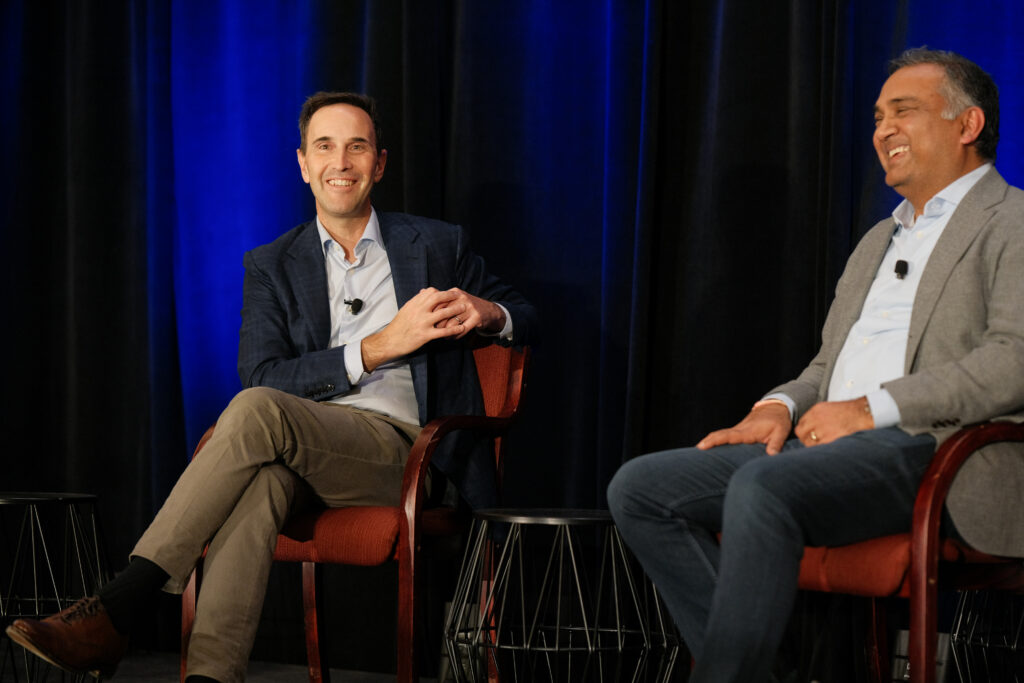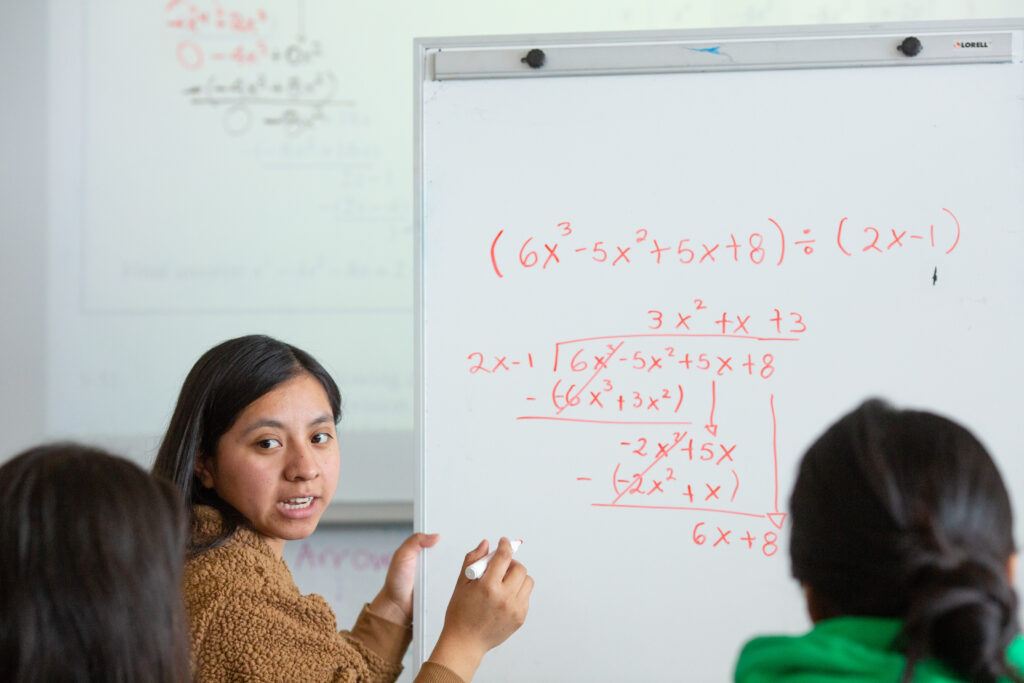The topic was technology, but the emphasis was all on human contact and connections.
During the second session of the inaugural Stanford Transforming Learning Accelerator Spring Summit on June 2, Stanford Professors Carla Pugh and Nick Haber described their use of sensors and artificial intelligence technology to improve doctors’ performance and the interpersonal skills of children with autism spectrum disorder, respectively.
Pugh directs Stanford’s Technology Enabled Clinical Improvements Center, which uses sensors to quantify physicians’ clinical movements to provide performance metrics for health-care providers. Her data helps doctors learn how to physically interact with their patients more effectively and efficiently. For instance, in a study of several hundred practicing doctors, she found that about 15 percent were not applying enough force during breast exams and that doctors using one exam technique were four times less likely to find a lesion.
“Many of the physicians perfected what they were taught,” Pugh said, “so many of these people spent 20 years perfecting an inaccurate or inefficient technique.”
Pugh’s sensors—she holds three patents on the use of sensor and data acquisition technology—provide a visual representation of how doctors perform their work, allowing them to have a better sense of the steps they need to take to improve.
“I can verbally give them a lecture…but to show them a picture of the difference between their [suture] knot tying and an expert’s—now they actually have a visual…they can work towards,” said Pugh, whose clinical area of expertise is acute care surgery.
Read more from the Summit:
Inaugural Transforming Learning Accelerator Spring Summit highlights innovative research into how people learn
Stanford neuroscientists and education scholars work together on interventions to improve learning
Stanford scholars put data to work for all learners
Haber uses Google Glass—the lightweight, wearable computer Google re-introduced in 2018—in an effort to help children with autism spectrum disorder learn how to read facial expressions and social cues through games like “Capture the Smile” and “Guess the Emotion.”
“We wondered: Could we somehow augment…. learning by emulating this process, or at least a bit of how we navigate it, in a wearable artificial device?” Haber explained.
The Autism Glass Project is currently recruiting children with autism to test the devices as a therapeutic tool.
“We learn through interaction with our worlds and others,” Haber said. “This understanding is the basis by which we learn from others, cooperate, collaborate, compete, etc.”
Haber said his team hopes to provide “scaffolding” for the socialization of children on the autism spectrum.
During a question about privacy in a Q&A session, Pugh said assessments in the medical profession are currently used in a punitive measure—to determine whether someone can practice or not.
“The thought of using data … for formative assessment and learning—we’re going to have to fight for it,” she said. “The physicians want it, but the system is not set up to comprehend that.”


